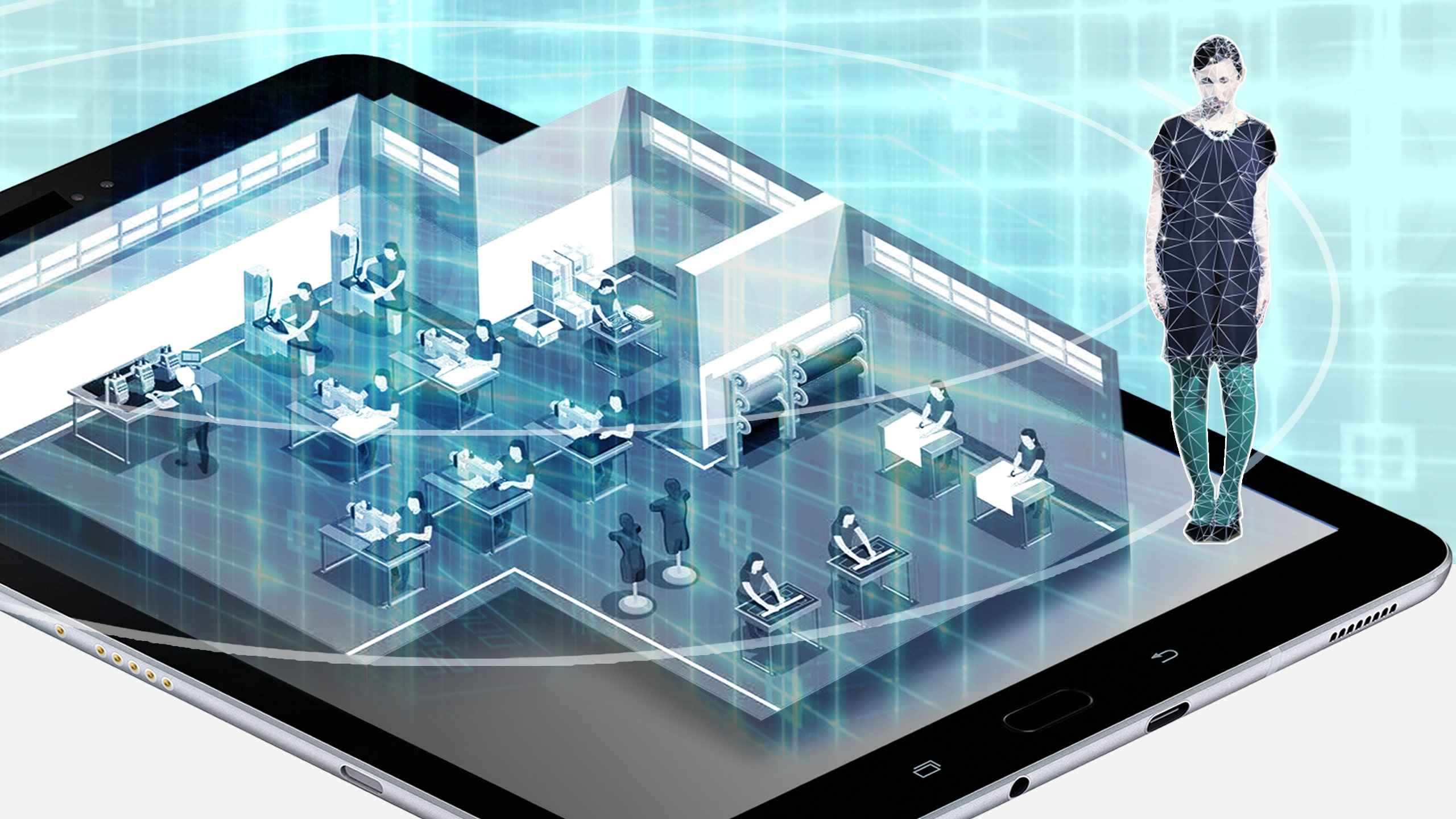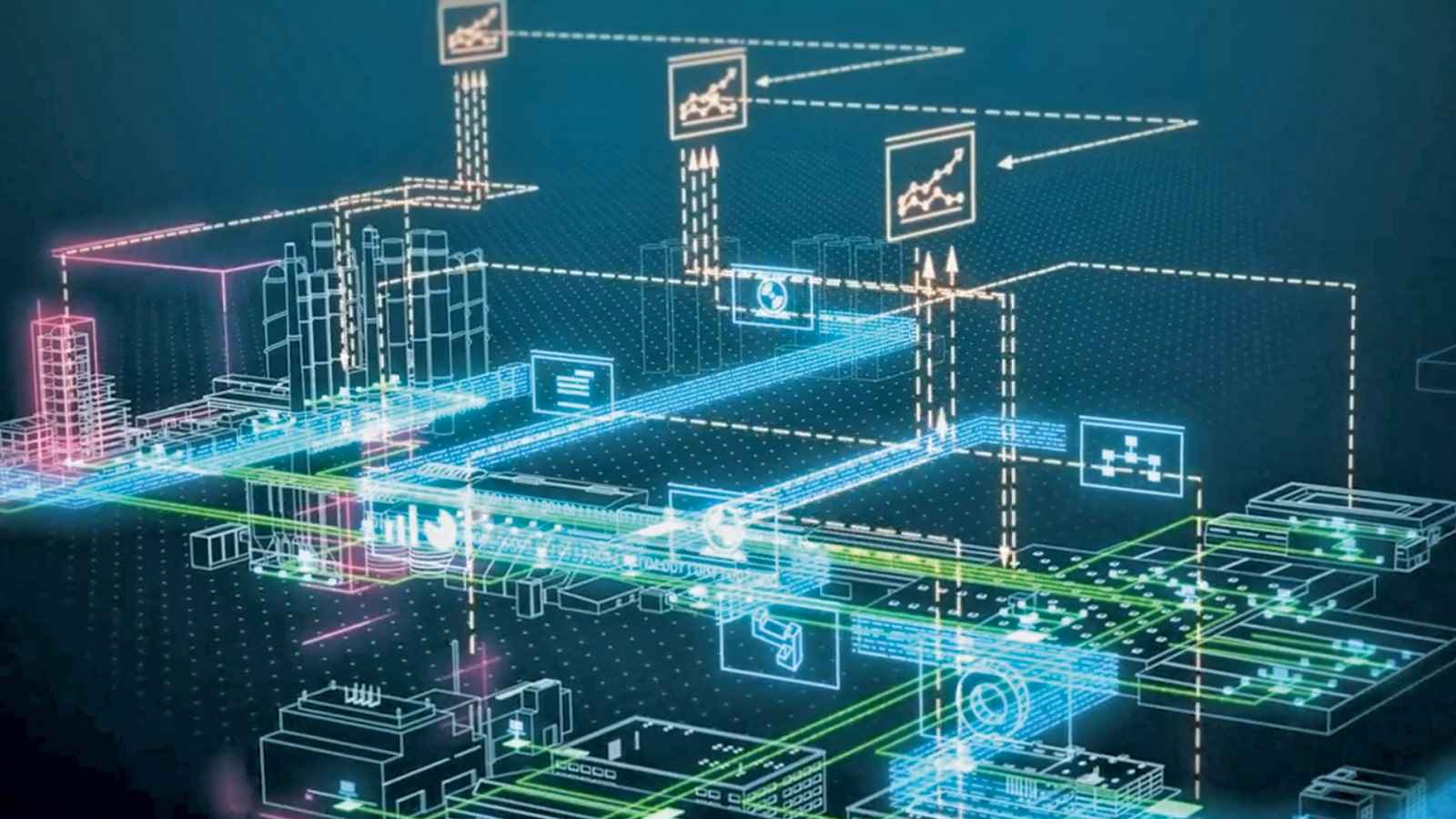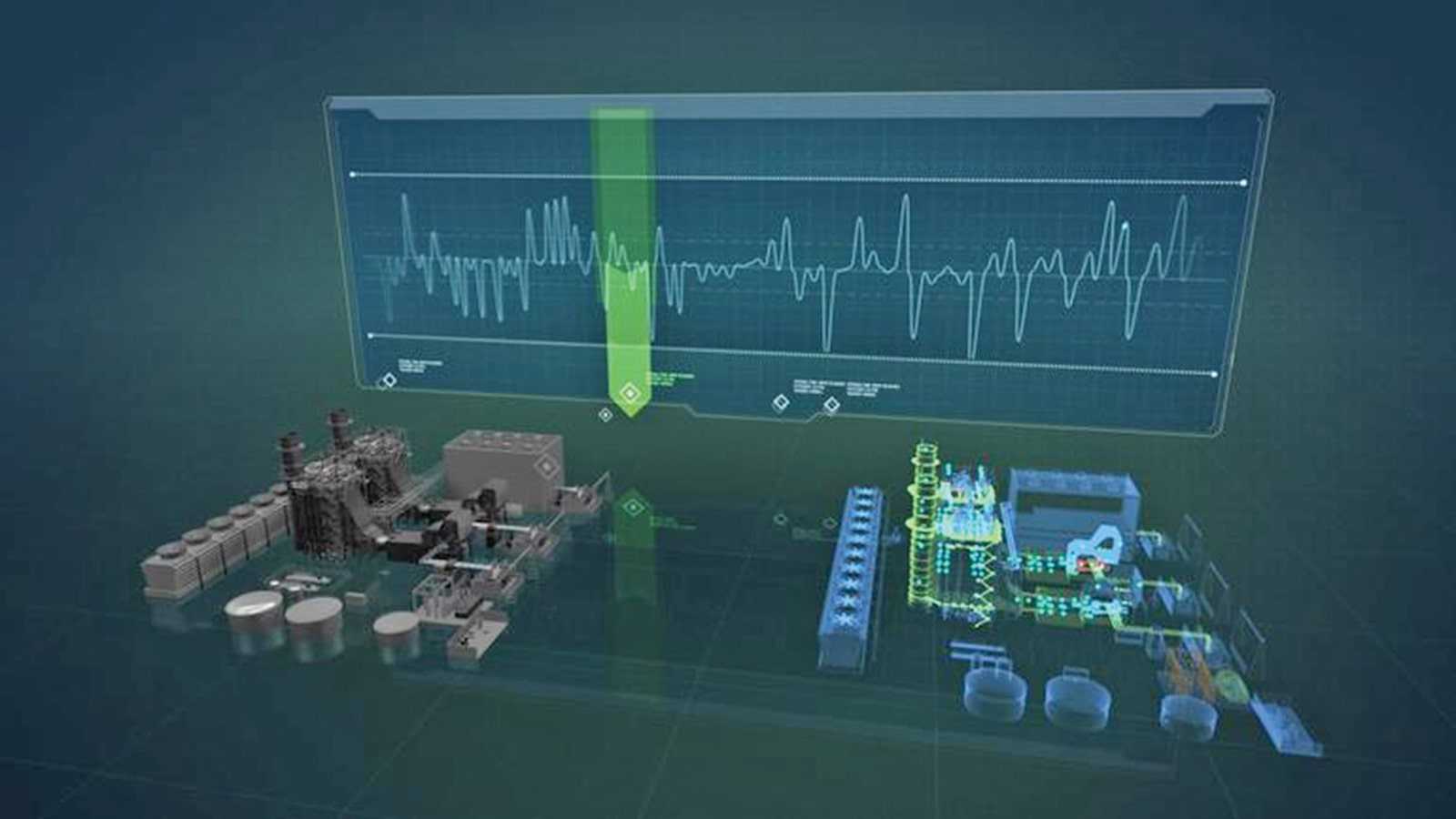
First featured in Gartner Inc.’s Top 10 Strategic Technology Trends for 2017, ‘digital twin’ has become the new catchphrase of the industries across the globe. With digital transformation happening in businesses, digital twin opens a new door to simulate products and processes and control their operations and working. The concept of digital twin can be defined as the convergence of the virtual world with the physical world, that is, creating a near real-time digital image of a physical object or process. These virtual representations help organizations predict problems in advance and helps them strategise on its working. Team Apparel Resources digs deep into this concept and highlights the needs and areas of its implementation in the apparel industry.
Incorporating concepts like Big Data, Artificial Intelligence (AI), Machine Learning (ML) and Internet of Things (IoT), digital twins are now explorative of Industry 4.0 or the digital world. Right from product development, these virtual copies give control over the product or process from the design phase to the deployment phase.
The virtual copy of the physical object is created using sensors. Troves of data (physical data, manufacturing data, operational data and insights from analytics software) are collected and synthesized. Information collected is further integrated with AI algorithms into a physics-based virtual model and by applying Analytics into these models, we get the relevant insights regarding the physical object. The consistent flow of data helps in getting the best possible analysis and insights on the object.
The prime objective of integrating the virtual and the reality world is the integration of data. The data from the physical world is transmitted to digital twins through the sensors and vice versa. This data transferring helps to respond to the changes, improve the operation, and increase the value. Only on the basis of the converged data environment, cross analysis is possible.

A digital twin differs from the traditional CAD or merely another sensor-enabled Internet of Things (IoT) solution. CAD is completely encapsulated in a computer-simulated environment that has demonstrated moderate success in modelling complex environments. So is digital twin an enhanced version of CAD? May be yes. On the other hand, IoT systems can measure things such as position and diagnostics for an entire component but they are not able to interact between components and the full life cycle processes.
Gartner Inc. believes that within three to five years, hundreds of millions of things will be represented by digital twins. Organizations will use these live models of physical equipment to proactively repair and plan for equipment service, to plan manufacturing processes, to operate factories, to predict equipment failure or to increase operational efficiency, and to perform enhanced product development.
How it works?
Digital twin can be used for physical products in real space, virtual products in virtual space, and for the connections of data and information that ties the virtual and real products together. These three main functions of digital twin are explained in detail as follows:
1. Conceptualise: Creating a digital twin will help observe the situation and eliminate the possibilities of breakdown.
2. Compare: Both the physical product information and the virtual product information can be seen simultaneously with a common perspective.
3. Collaborate: A person can intervene and make changes in the digital twin which can be immediately loaded in the real system.
Believed to be the next driver of disruption, global digital twin market is projected to reach US $ 13.9 billion by 2022, exhibiting a CAGR of more than 36 per cent during 2017-2022, on account of surging adoption of Industrial Internet of Things (IIoT) and growing penetration of smart technologies and devices such as smartphones, smart TVs and smart grids.
Where it can be used?
Product design and development
Creating a digital twin of a physical product can reflect both the designers’ actual version and the practical constraints in the physical world. The repetitive iterations of product development takes a lot of time, and digital twin will actually cut down on the time. It will guide the designers to make changes in their design expectations and improve the design models, achieving personalised product design. Also, it can accurately find the defect in design in the virtual world and make rapid changes, which can lead to the improvement of the design, avoiding tedious verification and testing.
Smart manufacturing in digital twin factory
The whole manufacturing process, from the input of raw material to the output of finished products, is managed and optimised through the digital twin. The virtual workshop or factory includes the geometrical and physical models of operators, material, equipment, tools, environment, etc., as well as the working. This can simulate and evaluate the different manufacturing strategies and planning until a satisfactory planning is confirmed. In the actual manufacturing execution stage, the real-time monitoring and adjustment of manufacturing process are realised through virtual-physical interaction and iteration. And the problems are then rapidly found out and rectified.
Usage monitoring in product
A finished product digital twin can be monitored in real time, as the product digital twin continually records the product usage status data, uses environment data, operating parameters, etc. Secondly, the virtual model can confirm about the probable effects of the different environmental parameters so that they can be controlled. Furthermore, based on the real-time data from physical product and historical data, the product digital twin is able to accurately predict the product’s remaining life, breakdown chances, etc.
Companies at the forefront of digital twinning…
US-based GE has built digital twins of critical jet engine components that predict the business outcomes associated with the remaining life of the components, like in case of gas turbines to deliver the desired electrical power output at the lowest possible fuel consumption, and wind turbines collectively optimising the production of electricity from wind farms.
In its Simatic programmable controllers production facility in Amberg, Germany, Siemens is using a comprehensive documentation and evaluation system and has achieved an extremely low level of error in production.
Schneider has partnered with Microsoft to create enterprise-grade applications for Product Digital Twins in the areas of training and product management. They are using the capabilities of HoloLens today to lead on-site technicians through the repair process from start to finish. At the factory level, Schneider Electric’s solution would enable manufacturers to begin training of the team members before a factory is built and provide them with remote guidance.
Other key players of the digital twin technology are Tibco Software Inc., SAP SE, Microsoft Corporation, Forbesindia.com, and Schnitger Corporation.
Benefits of digital twin for companies
• Reduce product defects: Virtual representation of the product can undergo a number of conditions and based on the results, necessary adjustments can be done that can be mapped to the physical product.
• Reduce production costs: Mapping digital shopfloor for capacity planning and possible downtime can cut down on the production costs.
• Real time monitoring: A user can monitor the working of the product or process in real time sitting anywhere in the world and can even change the reason of the defect.
• Shorten time to market: A well-mapped product and production processes will perform efficiently in the real world, thus saving time and money in simulation, testing and analysis.
• Extend the life of equipment and assets: Digital twin allows companies to have a complete digital footprint of their products, thus eliminating any chances of wear and tear, and extending their life.
Digital twin in apparel industry
The history of the apparel industry, dating back to the 1960s, narrates the story starting from a manual form of operation with a seamstress moving gradually towards sewing machines and then to vertically integrated (both backward and forward) operation to CMP manufacturing set-up, describing how a lot has changed. While the results were undebatable, they brought about immense pressure on the designers and the production to bring in new products to the market and that too rather quickly.

Connection that was lost ages ago between design and production teams led to various nuisances such as loss of understanding of manufacturing among design professionals, contract manufacturing making supply chain less transparent, lengthier manufacturing time, and increased number of sample development. Over the period of time, a single manufacturing unit fragmented into a number of divisions or entirely separate units, which made it more difficult to map and control the apparel industry.
Now, the rise of new and innovative technologies (or concepts) are definitely benefiting the industries. While some industries like automotive, aerospace, mining are way ahead in realising the need of a particular technology, apparel industry will definitely follow but may be a little later.
In fact, fragmented manufacturing and its proliferation at a faster rate, gave birth to the need of connecting each and every process right from spinning to logistics. Although physically it is impossible to do so, digitally it is very much possible and feasible too, thus leading to a new approach in apparel manufacturing – MetaVertical approach.
The MetaVertical approach refers to digitally reconnecting a fragmented supply chain using Digital Twin technology, thus creating a digital vertical integrated factory (can be called as a smart factory, may be!!!).
No loose ends – Smart apparel factory
Creating a MetaVertical apparel factory requires two digital twins to be created: Product Digital Twin and Production Digital Twin.
Sample approval nowadays takes around two-three weeks, thus increasing the lead time. The situation worsens when a sample is rejected (going through the samples’ iteration again). The first implementation area of digital twin in the apparel industry is to create a product (garment) digital twin. Simulating a garment does not mean scanning, nonetheless it is the theoretical simulation, based on the mathematical models of colour, fabric, and constructed garment components draped over an avatar.
3D simulated garment allows designers and buyers to conform to the specifications of the sample without having a physical sample. This will not only reduce the number of samples developed (less wastage) but will also reduce the approval time.
Not only this, the digital garment can also show its performance based on its end-use. Data related to performance (tensile strength, tear strength, etc.) can be added to the 3D simulation software. This integration of data helps to decide fabrics and construction methods to meet specific end-use requirements. In a conventional scenario, a prototype sample is developed first and then sent to the third-part test lab for testing. For example, a football jersey must resist tearing under stress, be lightweight, and absorb sweat – three performance requirements for a product to withstand the rigours of a game. For a proposed design to be accepted, the right fabric, finish, and construction methods must be built in.
Once a sample is approved, the next step is costing and then manufacturing. Wonders of digital twin do not end here. Data derived from material costs (from previous data) and machinery can predict its manufacturing feasibility and costing information. With real-time access to that information, the designer knows upfront if the proposed design will meet pricing and margin targets.
Product Digital Twin goes for digital production
Product digital twin is further moving ahead for manufacturing, thus developing the need to create Production Digital Twin.
Creating a digital twin of the shopfloor means creating a virtual copy of all the manufacturing equipment, operators and even operations. Integrating the data of product digital twin, it is then possible to simulate the entire factory and the chances of error can be eliminated even before a garment is actually produced. Different combinations of machines, operators, and assembly lines can be analysed to compare throughput as well as the ergonomic risk between manual and automated operations.
From a long time, constant pressure from buyers to cut down on costs (even by cents) has added to the woes of manufacturers. Implementing the digital twin technology will optimise production as will eliminate areas adding to cost.
The advantages of digital twin reach out to brands as well. Advanced software allows brands to define products properly before placing orders. A complete knowledge of products to be manufactured also paves way for subcontracting without any need of supervision and loss of quality.

Post a Comment